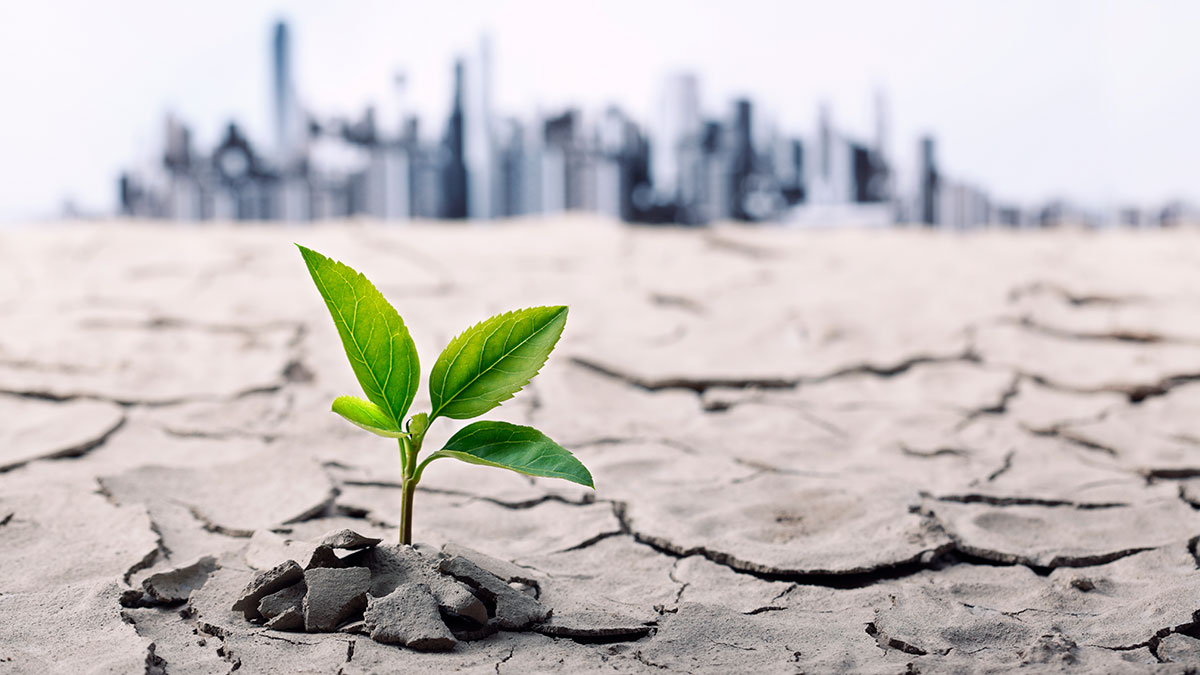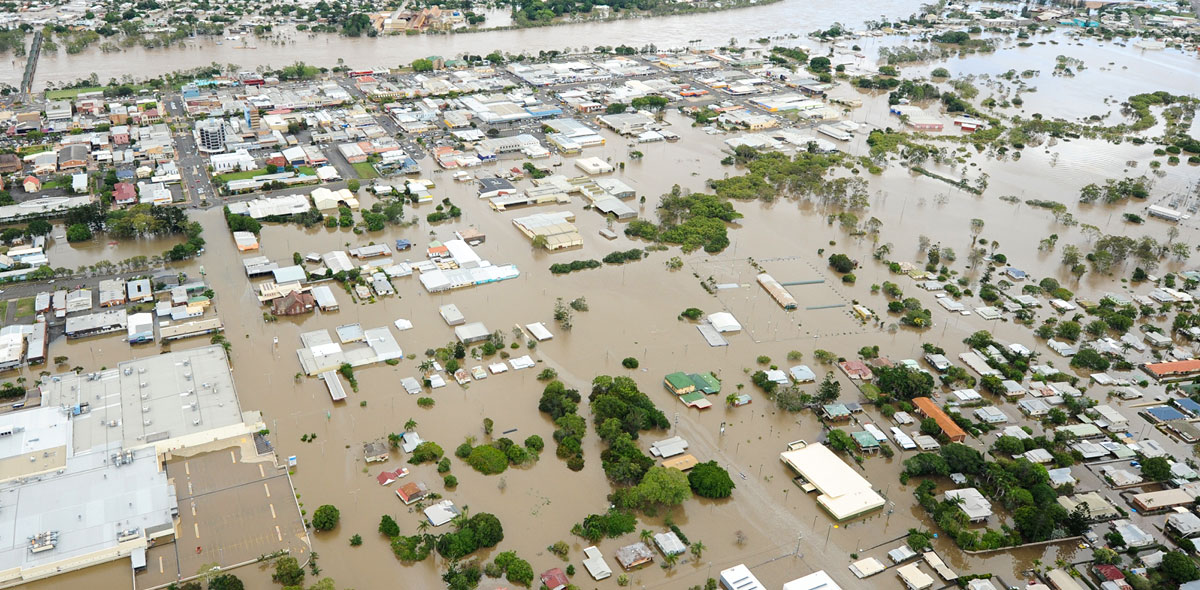Voiced frequently since the end of the 20th century along with industrialization and technological advancements, developmental and environmental issues have been high on the agenda in many countries, especially in recent years. Issues such as diminishing habitable areas, pollution, desertification, and global warming due to humans’ destruction of nature pose a threat to biodiversity at alarming rates. June 5th has been annually celebrated as “World Environment Day” since it was declared at the United Nations Environment Conference in Stockholm, Sweden in 1972. Sustainable environment goes hand in hand with the protection of biodiversity. The United Nations (UN) Biodiversity Convention signed in 1993 aims to protect the richness of our planet.
Born out of environmental awareness and economic growth, dominant notions in the 1970s, sustainable development manifests that development can be possible not only in the economic realm but with eco-friendly production policies as well. In addition to a sustainable environment and passing a habitable world onto future generations, maintaining development brings along moral duties, as well. Environmental sustainability refers to ensuring the continuity of natural resources. It also involves the protection of biodiversity, human health, the quality of air, water and soil, lives of animals and plants.

Polluted Environment Threatens the Future and Biodiversity
Published by the UN World Commission on Environment and Development in 1987, the Brundtland Report demonstrates an approach that considers economy an integral part of its environment, pointing out to an interdependent and interactive relationship between the two. According to the 6th Global Environmental Outlook Report presented at the UN Conference in the Kenyan capital Nairobi in 2019, climate change, massive extinction in animal and plant species, the world population nearing 10 billion, desertification, air pollution, chemicals that change hormones, pesticides, and plastics in water increasingly turn the planet into a less healthy place for human beings. This finding reveals serious implications for biodiversity.
Biodiversity is defined as “the richness of species in a habitat, their genetic features, habitats and the ecological relationships in these habitats.” The Convention on Biodiversity, opened for signature at the Rio Conference and in effect since December 1993, is the first convention that examines not only biodiversity but genetic diversity on a global scale. The convention defines biodiversity as “an issue that requires a common effort by humanity”, first such statement in a convention. Meanwhile, according to a report by the UN Intergovernmental Science-Policy Platform on Biodiversity and Ecosystem Services (IPBES), nearly 1 million animal and plant species face extinction due to human activities.
Environmental sustainability
Environmental issues on the planet are the greatest common concern of humanity on a global scale. Fundamental problems that emerged in the 20th century and still continue in the 21st century include transportation and storage of hazardous waste, destruction of the ozone layer, climate change, deforestation, damage to natural resources and sensitive ecosystems, wastes, ruptures and ruins in life chains in habitats, desertification, soil erosion, sea-level rise, loss in arable land, floods, and droughts. Hence the need for sustainable use, protection, and planning of natural resources for the future.

Environmental sustainability calls for a series of limitations in the use of renewable and non-renewable sources, pollution, and waste assimilation. These limitations pursue environmental continuity and are adopted simultaneously with environmental protection policies. The most realistic steps for the future include ensuring active participation by all developed and developing countries in global environmental protection efforts and the creation of new and additional sources of financing for easy access to scientific and technological knowledge.
“Our Common Future,” also known as the “Brundtland Report” was a momentous publication worldwide in terms of raising awareness about the environment, followed by the “Rio Declaration” that provides a basic road map with tangible goals. However, as the 6th Global Environment Report reveals, no sufficient actions have been taken for sustainable development, sustainable environment, and the protection of biodiversity. Leaving a world to future generations that will cater to their needs without putting them in harm’s way can be possible only with an emphasis on sustainable policies. Therein lies a responsibility for humanity that can be achieved by common actions taken by all nations altogether…


